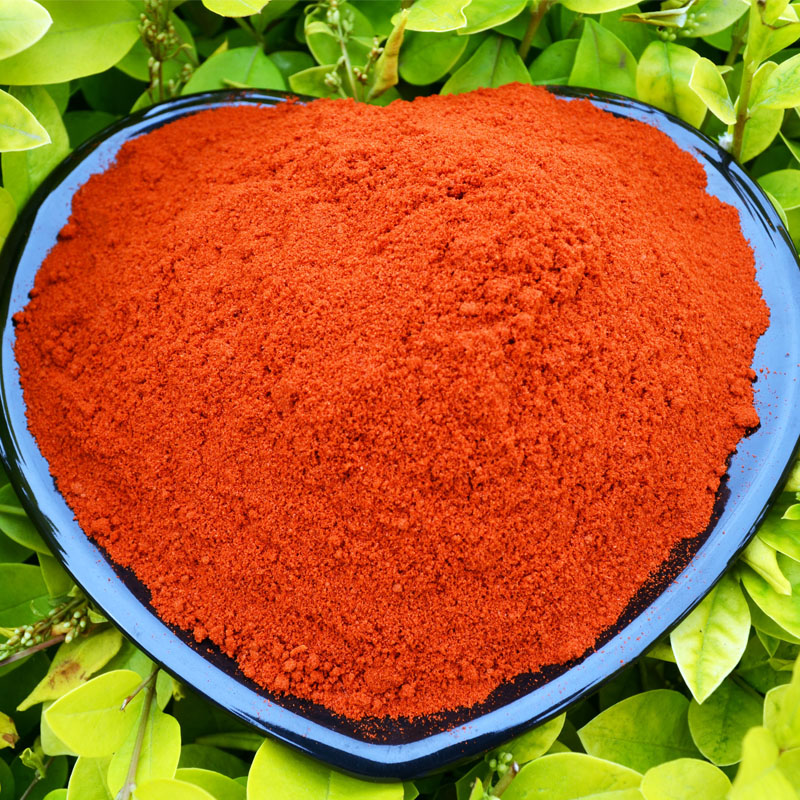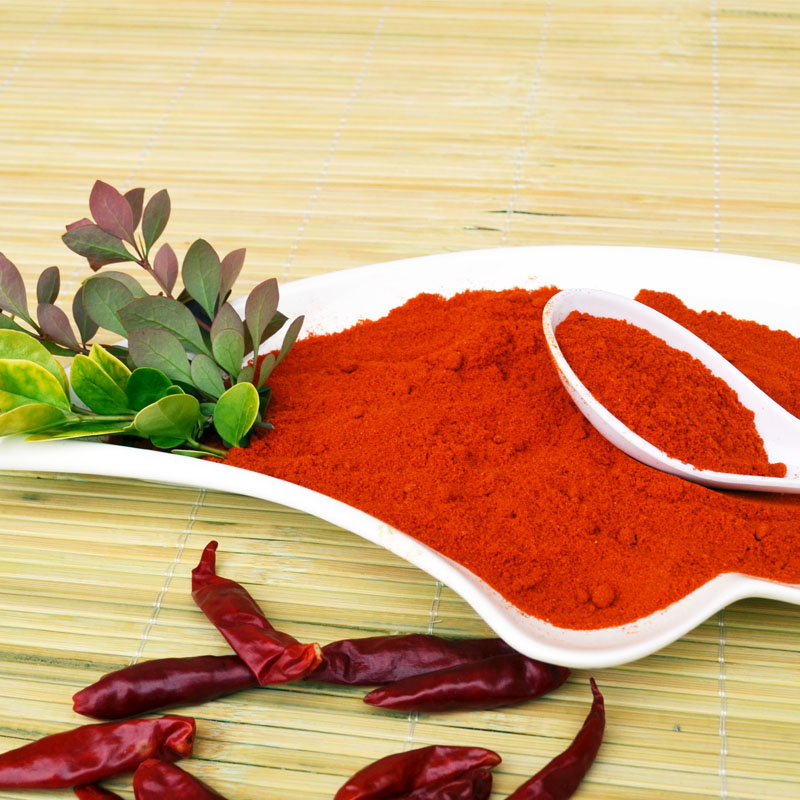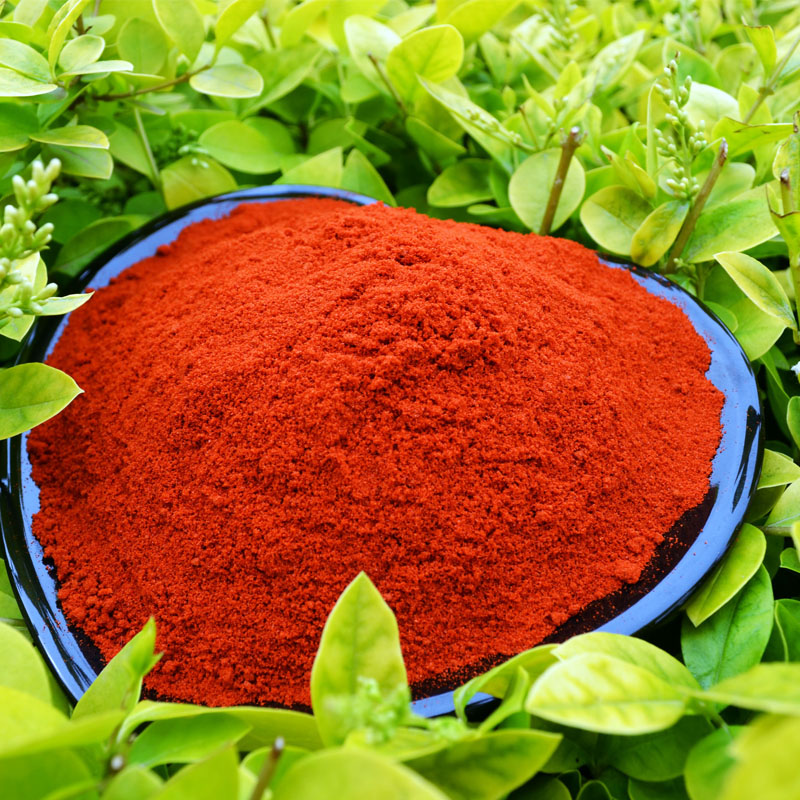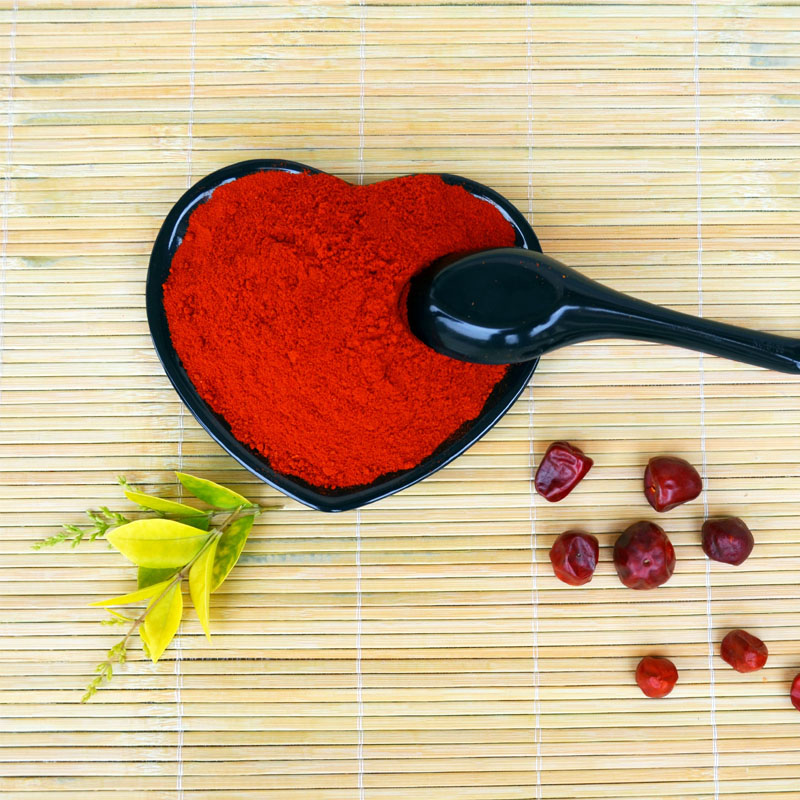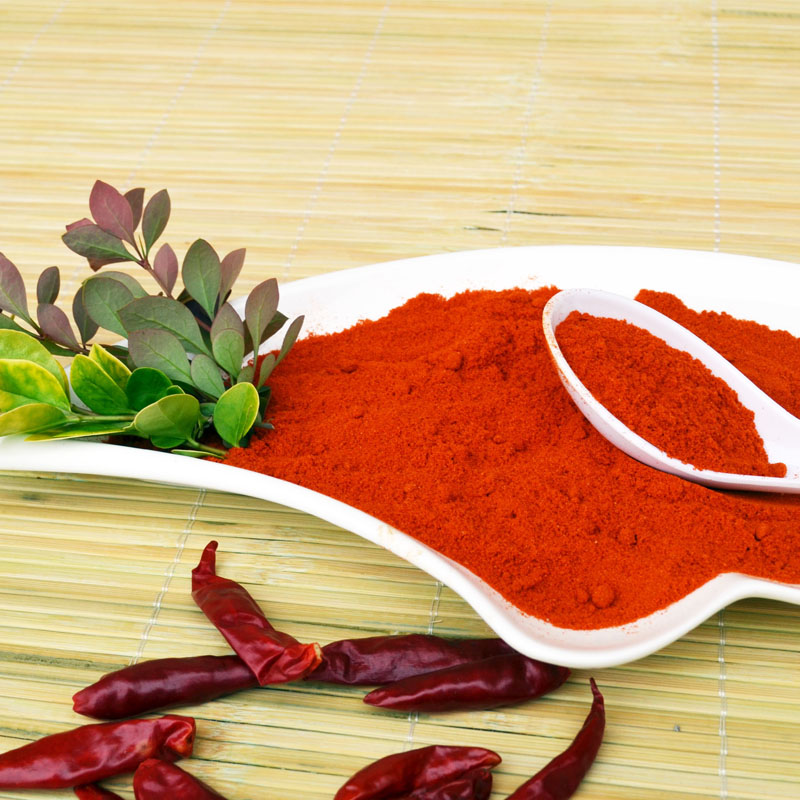
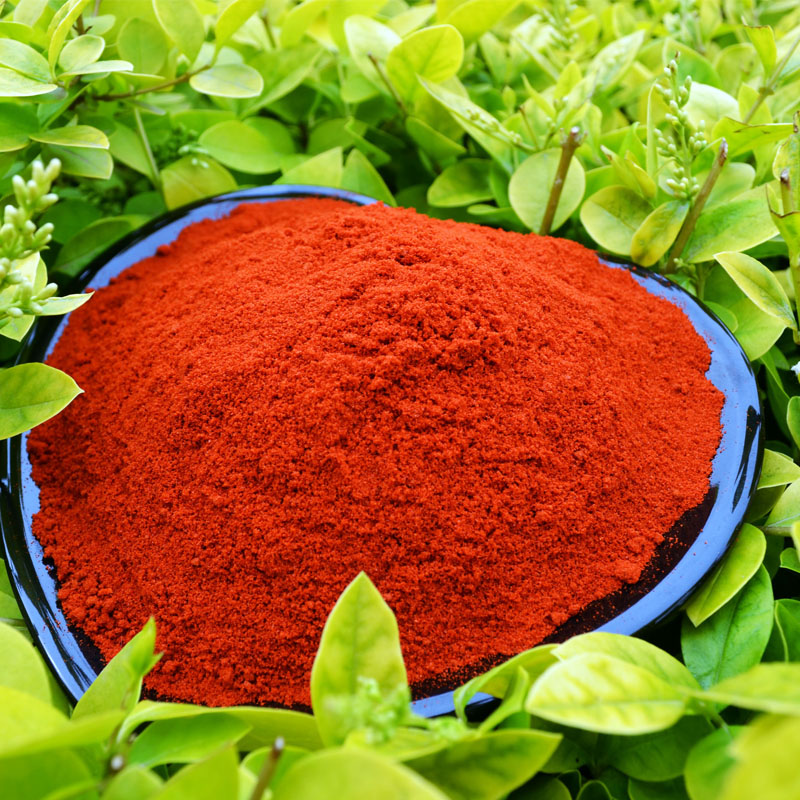
Os nosos produtos de pementa natural e sen pesticidas con aditivo CERO están agora a venderse en países e distritos aos que lles gusta usalo para cociñar. Están dispoñibles os certificados BRC, ISO, HACCP, HALAL e KOSHER.
Xeralmente, os nosos produtos en forma de po están embalados en bolsas de papel de 25 kg con bolsa interior selada de PE. E o paquete de venda polo miúdo tamén é aceptable.
Red chili peppers, which are a part of the Solanaceae (nightshade) family, were first found in Central and South America and have been harvested for use since about 7,500 BC. Spanish explorers were introduced to the pepper while on a search for black pepper. Once brought back to Europe, the red peppers were traded in Asian countries and were enjoyed primarily by Indian cooks.
The village of Bukovo, North Macedonia, is often credited with the creation of crushed red pepper.[5] The name of the village—or a derivative of it—is now used as a name for crushed red pepper in general in many Southeast European languages: "буковска пипер/буковец" (bukovska piper/bukovec, Macedonian), "bukovka" (Serbo-Croatian and Slovene) and "μπούκοβο" (boukovo, búkovo, Greek).
